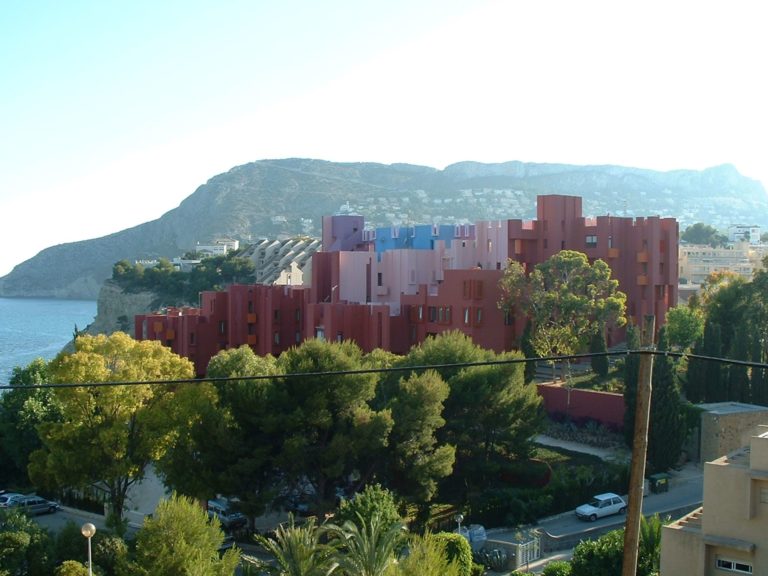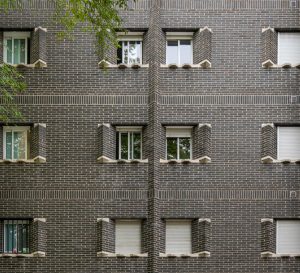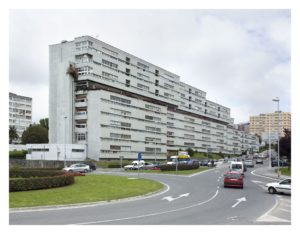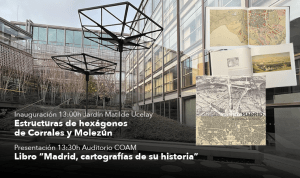Abstract
The Otterlo Congress of 1959 marked the beginning of the end of the Athens Charter. From then on, the Team 10 architects raised a new form of relationship between the building and the city. The traditional city, the “Kashba” and the medinas, were reinterpreted as options for future relationship considerations between habitat and environment at different scales. Thereby architecture, by virtue of the autonomy granted by its own laws, was able to establish a dialogue with the territory and with society. The will to change towards a new society and a new way of city-making introduced totally new architectural concepts. Aggregative systems were the most commonly used proposals in response to the issues raised. The building activity was seen as an intermediate relationship scale through the aggregation unit. Half a century later, a vast number of architects currently reinterpret many of these concepts. New technologies applied to architectural activity have generated a new reading of such systems. The incorporation of mathematical and aesthetic concepts such as architectural collage are fundamental for the understanding of the way in which studios such as OMA and especially Saana set out the response to the problems posed by today’s society. The thesis delves into the manner in which all the ideas raised in the sixties- and which still remain as working methods- reached our country and how they embryonically developed proposals that stunned even beyond our borders. In the lberian Peninsula of the sixties there was some interest in modular systems. In the theoretical field, Rafael Leoz’s proposals and publications are noteworthy. In the practical field, architects such as Bonet Castellana, Coderch,Sáez de Oiza y Corrales and Molezún showed the connection with the proposals that were developed in the neighboring countries. However, it was the Taller de Arquitectura [Architecture Workshop], which planned and executed a large number of clear examples working with aggregative systems and their development on the basis of a modular research. The Gaudí neighborhood in Reus would become the first attempt to search aggregative laws. The Muralla Roja [Red Wall] and the Xanadú building, began to explore the dwellings and to settle the module that would then be applied on the Castell de Sitges [Sitges Castle]. The culmination of aggregative system would be accomplished in the Ciudad en el Espacio [The City in Space] and in the Walden 7, where the richest and clearest solution among all the previous is reached. They were followed by the Petite Cathédrale, wherein the search for monumentality preempts aggregative laws themselves and that will be the end of a whole decade of research. The analysis of these works, as well as the methodology and the organization of the Taller itself are key to understand the evolution of proposals which proved the genius and character of a young Ricardo Bofill leading the Taller de Arquitectura
Access the thesis






